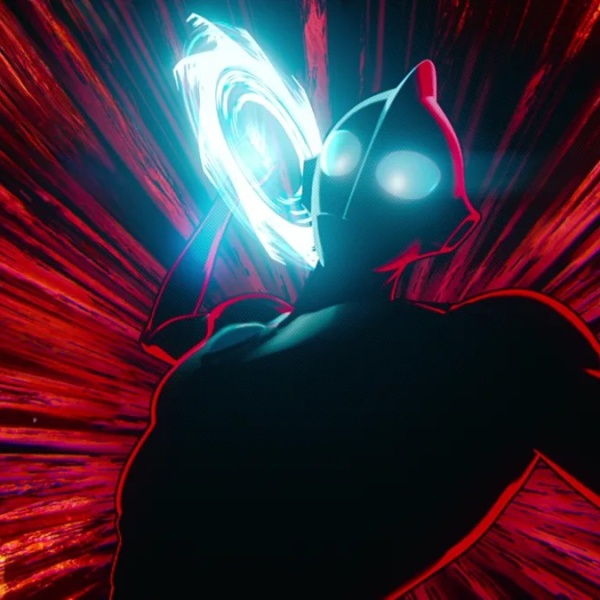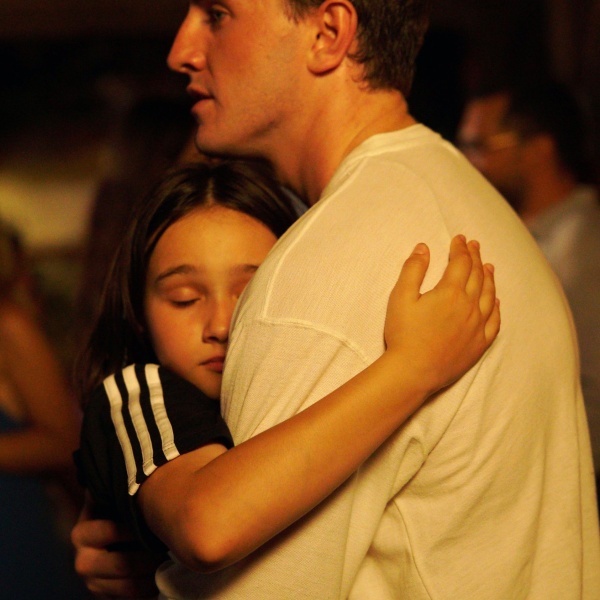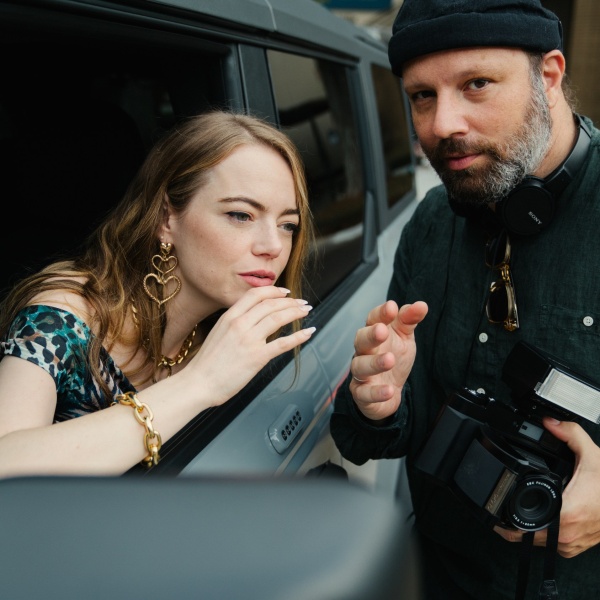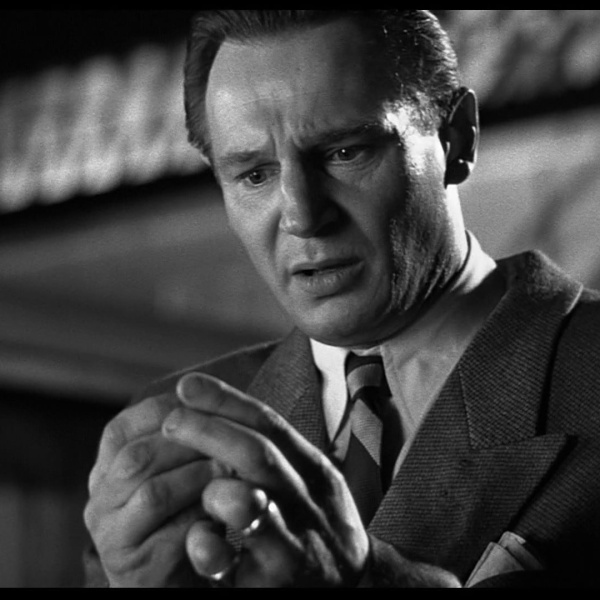 In 1971 Nicholas Ray, former Hollywood director of “Rebel Without a Cause” and “Bigger Than Life,” accepted a teaching position at Harpur College of Arts and Sciences at SUNY Binghamton University in upstate New York. At the time the university was seen as the epicenter of experimental and avant-garde art (the film program at Binghamton having been started by renowned experimental filmmaker Ken Jacobs). At some point during his two-year tenure, Ray moved into a house off campus with a group of his students and began collaborating on “We Can’t Go Home Again,” a project that would screen at Cannes in 1973 but was tinkered with, by Ray, until his death from cancer in 1979.
In 1971 Nicholas Ray, former Hollywood director of “Rebel Without a Cause” and “Bigger Than Life,” accepted a teaching position at Harpur College of Arts and Sciences at SUNY Binghamton University in upstate New York. At the time the university was seen as the epicenter of experimental and avant-garde art (the film program at Binghamton having been started by renowned experimental filmmaker Ken Jacobs). At some point during his two-year tenure, Ray moved into a house off campus with a group of his students and began collaborating on “We Can’t Go Home Again,” a project that would screen at Cannes in 1973 but was tinkered with, by Ray, until his death from cancer in 1979.
Ray’s widow, Susan, has now taken the time to try and recreate, as best she could, the intentions of Ray and his students and bring the most complete version of “We Can’t Go Home Again” to the big screen. The resulting film is trying, sometimes engaging, oftentimes baffling, but endlessly fascinating. It’s a pseudo-autobiographical, psychedelic exploration of a man with more than a few demons, and a willingness to exorcize those demons through the endless possibilities of film.
“We Can’t Go Home Again” doesn’t follow a traditional narrative, but that’s almost beside the point once you realize how the film is going to be presented. The movie has a frame that’s a still image of what looks like the town where Binghamton is located. Within that still is a black box, off center (if you’re looking at the screen it’s in the bottom right), that takes up most of the screen. Within this black box are multiple, smaller frames of film, and most of the time these frames are overlapping one another, creating moving images superimposed, one on top of the other. So it’s less “Timecode,” with its four boxes of very separate content, but something wilder and unhinged. Sometimes, while watching the film, you’re just trying to figure out what’s happening in each of the frames since they often form a kind of muddy puzzle.

The film in the different frames often times look distorted or heavily processed, too. And Ray used every format available at the time, including Super 8, 16mm, 35mm, and a “video synthesizer” that was at least partially developed at the campus. Slowly but surely something resembling a narrative takes shape.
What that narrative is remains elusive, but in an amorphous way, the film is about Ray, who at this point was losing a lifelong battle with drugs and alcohol, his hair a lightning of white unkemptness, an eye-patch covering one eye, living with his students. They do drugs. Many of the girls walk around the house naked. They attempt to create something (ART in all-caps), and at some point Ray is driven mad and attempts suicide by hanging. Keep in mind this is all happening within the four-frames structure, with only a couple of moments given possession of the entire frame.
Watching “We Can’t Go Home Again” is an often frustrating, bewildering experience. Beyond the whole exhausting experience of watching the film, it’s full of “yeah, man” hippie platitudes and a strong sensation that the technology wasn’t quite up to the level of unbridled, unquestionably narcissistic creativity. It’s admirable that Ray took his professorial duties seriously and instead of simply teaching, chose to create. What, exactly, he created, though, is harder to pin down even as, in the effort to recreate the original intent, voice over (recorded by Ray) has been heavily employed and disparate audio tracks are sometimes applied to entirely different scenes.
By the time the movie wraps up, you don’t exactly have a better grasp of who Ray was as a person, besides the fact that he was struggling some pretty dark stuff in an abstract way, but you do get to take a peek at Ray the artist. Few filmmakers would take on such a challenging project so late in his life, but Ray was up to the challenge. Maybe, since his career had formally ended, he felt he had nothing left to lose. But you get the feeling, even without a small army of able-bodied students, he would still been experimenting in some way. We probably just wouldn’t be talking about it almost 40 years later. You may not be able to grasp what “We Can’t Go Home Again” is, precisely, but it’s certainly worth the sometimes maddening experience of actually watching it. [B]







